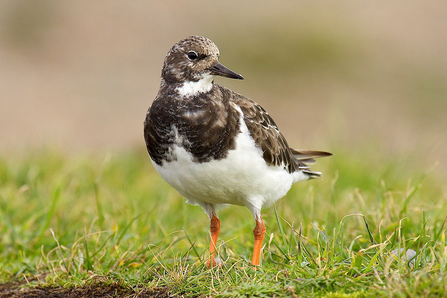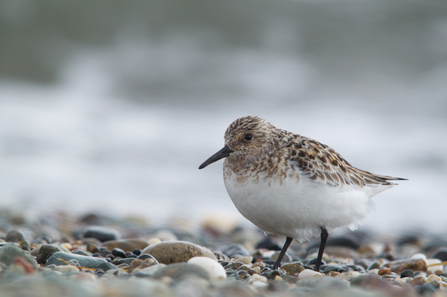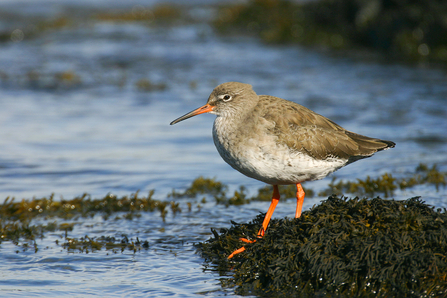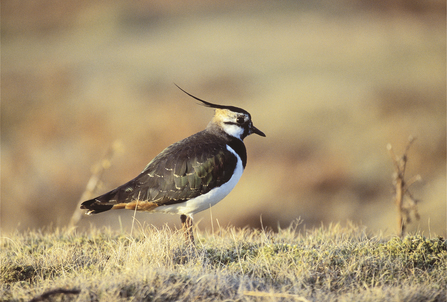Whilst Autumn is not everyone’s favourite season because the weather gets colder and the days get shorter, we can enjoy welcoming thousands of migratory birds, including a variety of large waders, back to our wetland reserves.
Many of these birds will stay in the UK for the Winter, as their summer breeding grounds closer to the Arctic circle become too cold. This means there is plenty of opportunity to head to either Oare Marshes or Pegwell and Sandwich National Nature Reserve to spot some of these birds feeding on the mudflats or in the saltmarsh.
What is World Migratory Bird Day?
World Migratory Bird Day 2023 is an annual awareness-raising campaign highlighting the need for the conservation of migratory birds and their habitats. It helps to raise the global awareness of threats faced by migratory birds, their ecological importance, and the need for international cooperation to conserve them.




